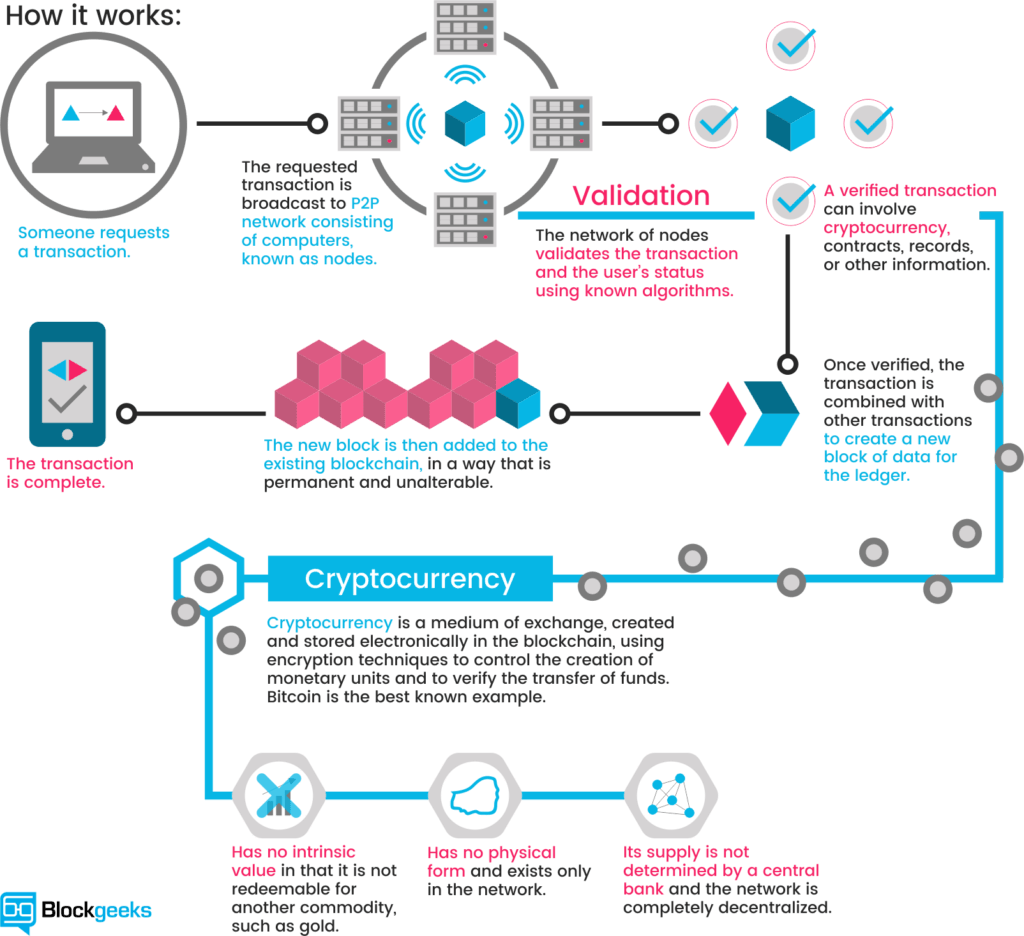Being well-known among the corporate operation personnel, Enterprise Resource Planning (ERP) is an integrated management software for business process. It usually captures real time situation, which helps create a smoother and more organised overall operation management.
Going back a little back in time to understand the origin and history of business process, since the growth of industrialisation, human has seen the need of a system to manage the overall operation of any business activities. The MRP has become the fundamental concept used in manufacturing in the 1960s. During the 1990s, computers have been widely used in corporate operation, which mean there was a huge demand of computerisation. Together with the extension of MRP-covering areas like Engineering, Finance, Human Resources, and Project Management, the term ERP started to be used in the developed countries.
Nowadays, there are four big ERP solution providers which are: SAP, Oracle, Microsoft and Infor. It covers these functional areas:
- Financial accounting
- Management accounting
- Manufacturing
- Order Processing
- Supply chain management
- Project management
- Customer relationship management (CRM – which can be combined or separated from ERP)
- Data services
In general, ERP has two types: on-premise and cloud-base. The concept behind on-premise ERP is the same with the traditional way of installing any software to your computers. And as known publicly through I-Cloud, the cloud-base ERP form is based online like other SaaS. This has been predicted to be the direction of development of the ERP system. Growth in cloud base to create the transparency of the operations between silos in the supply chains. In 2015, top 10 ERP system providers have shared 28% of the market while SAP had 6% (with $5.30 billion in ERP product revenues) , FIS Global had 4% and Oracle had 3%. ERP market is expected to expand to $41.67 billion by 2020 (by Allied Market Research).


Although, the report has shown that the potential grow lie more on the North America region, I believe there are very big potential in EMEA (especially India) and APAC (China and developing markets). The reason is that most of daily operation in these markets still base on Window Microsoft Office. With the growth in demands and third party outsourcing in the supply chain, these regions will help grow the ERP significantly in the next few years.

The cloud report from Allied Market Research also show that the global cloud market in 2015 was $38 billion in revenue. And there is the trend of growing in hybrid model instead of either pure on-premise software or cloud. Facing the rapid growth of cloud that big players have been trying to promote (Amazon AWS, Google Cloud Platform, Apple I-Cloud, etc.), the cloud in my point of view will grow even more than the forecast given in the report.
On the other hands, with the growth of online retail, the consumerisation may be the future trend for ERP as well. And with the globalisation of mobile devices, ERP mobilisation is another idea to improve the ERP. In conclusion, by the essential nature of ERP in the operation and the needs from the current agile market, there are many trends being forecast of improvement.
Sources:

 The cloud market is forecast to grow by 37% by 2020. More than 50% of large corporations in the North-America has been changing their business process application to cloud. It means there is a parallel growing trend of ERP system with the cloud market expansion. The cloud base application creates a more transparent environment for the business operation which reduces the operational and compliance risk. However, it will be a challenge for data security. This grows will require better level of data management between the corporations and between each silo within a corporation.
The cloud market is forecast to grow by 37% by 2020. More than 50% of large corporations in the North-America has been changing their business process application to cloud. It means there is a parallel growing trend of ERP system with the cloud market expansion. The cloud base application creates a more transparent environment for the business operation which reduces the operational and compliance risk. However, it will be a challenge for data security. This grows will require better level of data management between the corporations and between each silo within a corporation.






